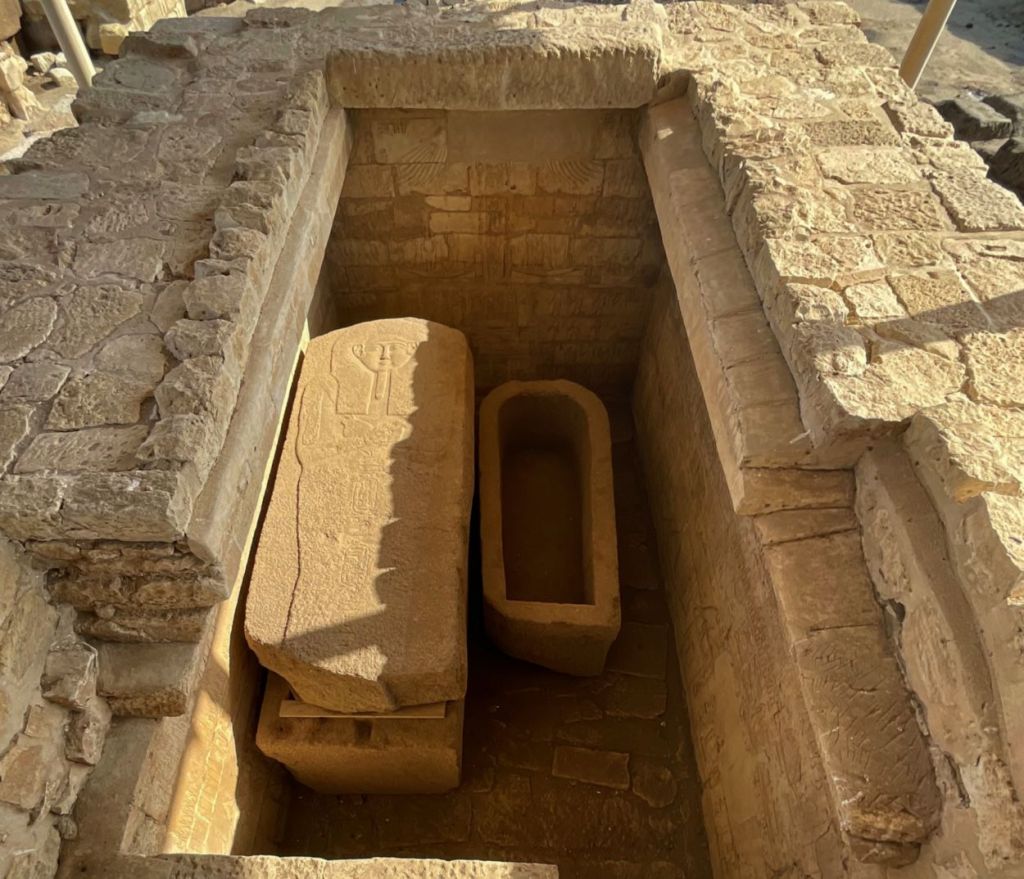The wording of our titles comes from 2 Chronicles 12:2, “And it happened in the fifth year of King Rehoboam, that Shishak king of Egypt came up against Jerusalem, because they had transgressed against the LORD.” As most readers know, “Pharaoh” was not a personal name but a dynastic title designating the king of Egypt. The first biblical mention of a Pharaoh is Genesis 12:15, in the days of Abraham’s sojourn into Egypt. Other subsequent pharaohs are mentioned as time goes on, including the events in Joseph’s life, and later in the time of Moses and the Exodus. But the first Pharaoh mentioned by name is Shishak (cf. 1 Kings 11:40; 14:25-26). Shishak reigned during Egypt’s 22nd dynasty, which was a Libyan dynasty. His reigned 946-924 BC. He invaded Judah in his 19/20th year, which was 927/926 BC. This lines up with the 5th year of Rehoboam, 926/5 BC (2 Chron. 12:2), r. 931/930-913 BC.
In the days of Solomon’s adversary Jeroboam (who would become Israel’s first king when the kingdom divided into Israel and Judah after Solomon’s death, 931 BC), “Jeroboam arose and fled into Egypt, to Shishak king of Egypt, and was in Egypt until the death of Solomon” (1 Kings 11:40). Solomon was succeeded by his son Rehoboam (1st king of the southern kingdom of Judah), and Pharaoh Shishak was again mentioned in scripture: “It happened in the fifth year of King Rehoboam that Shishak king of Egypt came up against Jerusalem. And he took away the treasures of the house of the LORD and the treasures of the king’s house; he took away everything. He also took away all the gold shields which Solomon had made” (14:25-26). God allowed this invasion of Jerusalem because of Judah’s unfaithfulness (2 Chron. 12:2). The text explains, “Then Shemaiah the prophet came to Rehoboam and to the princes of Judah, who had gathered at Jerusalem because of Shishak, and said to them, “Thus says the LORD, ‘You abandoned me, so I have abandoned you to the hand of Shishak'” (2 Chron. 12:5).
It was the 21st year of his reign when Shishak returned to the capital of Thebes (ESV, “No” in NKJV), at Karnak he recorded his victory, including the listing not only of cities of Judah, but of many Israelite cities as well. Our photo shows the Shishak Inscription. Here he lists conquests, including Yuda Melchi (kingdom of Judah). This hieroglyphic inscription contains the names of ca. 50-60 localities in Israel and about 100 in Judah which were captured on this expedition.
The site of Tanis/Zoan is to be associated within the area of Goshen where the Israelites had lived for some time and were living at the time of the Exodus. “Psalm 78:12 Marvelous things He did in the sight of their fathers, In the land of Egypt, in the field of Zoan” (Psa. 78:12). Tanis is the site where Shishak was entombed. Our photo here shows the entrance into Tanis:
Also, the sarcophagus of Shishak is located at Tanis.
This is a fascinating example of how archaeology can enhance our understanding of the biblical text, as well as underscore the fact that the Bible is factual. While we do not depend on archaeology to “prove” the Bible, as it stands on its own merit, this “intersection” of biblical history with secular records has an important place in the discipline of apologetics.
Click images for larger view.






 Posted by Leon Mauldin
Posted by Leon Mauldin 